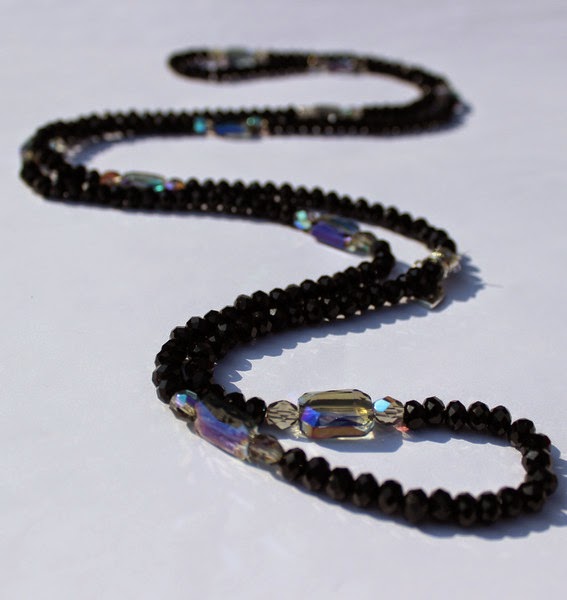My mum is one of those cooks whose technique has
been hones through forty years of cooking and complaints from a fussy husband
and picky kids. All of us siblings and out spouses savour her cooking, and
especially on Eid when we all gather to have lunch together and she makes her
lamb pilau.
This year there was no gathering on Eid and the prospect
of no lamb pilau, so I thought I’s try it myself for the first time. In the
past I had made plain, pea, veg, chickpea and chicken pilau, but was a little
intimidated at the idea of making lamb pilau.
I ended up reading a few recipes and then asking my
mum her process and adjusting slightly. Thankfully it came out well and was
enjoyed by everyone.
Ingredients
For the broth:
1kg lamb - I use lamb chops or lamb shoulder chops
Half of a garlic bulb – cloves peeled.
1 inch of ginger root, peeled and sliced
1 peeled and onion quartered
2 tbsp whole coriander seeds
1 tbsp black peppercorns
2-3 bay leaf
2 green cardamoms
3 black cardamoms
6 whole cloves
2 cinnamon sticks
1 teaspoon of salt
For cooking the pilau:
6 cups of rice
2-3 tablespoons cooking oil (I usually use sunflower
for rice)
3 medium onions – diced
5 tomatoes – pureed
2 teaspoons of zeera (cumin seeds)
2 teaspoons garam masala powder
2-3 tablespoons of salt
Method
When measuring out the rice, water for the broth and
the broth itself, make sure you use the same cup (or same size cup).
Put the lamb, and all of the broth ingredients in a
pan with eight cups of water and allow to cook until the lamb is tender (but
not too soft), this should take approximately 45 minutes to an hour.
The smell should be amazing, and sometimes my mum
used to take a cup out for me to drink as a kind of bone broth. Once cooked,
strain the broth and keep to one side, separate the meat from the other
ingredients and put to one side, discarding the rest (onions, garlic, ginger
and whole spices).
Next take the rice and rinse using cold water a few
times until the water runs fairly clear. Then leave to soak in cold water while
you prepare the masala/base for the rice.
In a large pan, add your oil and allow to heat, next
add your three diced onions and two teaspoons of zeera and sauté until the
onions are quite brown. The colour of the onions determines the colour of the
rice, so you want them to cook to a good deep colour, but without burning.
Next take the rice and rinse using cold water a few
times until the water runs fairly clear. Then leave to soak in cold water while
you prepare the masala/base for the rice.
In a large pan, add your oil and allow to heat, next
add your three diced onions and two teaspoons of zeera and sauté until the
onions are quite brown. The colour of the onions determines the colour of the
rice, so you want them to cook to a good deep colour, but without burning.
Next you need to measure out the broth. For every
cup of rice, I use one and a half cup of broth. So, for the six cups of rice, I
used just under nine cups of broth. If you are a little short of broth, you can
add water to make up the required amount.
Add the nine cups of broth to the cooking put with
the onions and tomatoes and raise the heat. Once the broth starts to simmer,
drain the rice and add along with two tablespoons of salt. Taste the salt, it should taste a bit too
salty rather than just right. If the salt tastes right, add another spoon. Allow
to cook on medium heat until water reduces/gets absorbed by the rice and there
is very little left – enough that the mixture is still slightly soupy/wet, but the
water does not sit above the level of the rice.
Add the nine cups of broth to the cooking put with
the onions and tomatoes and raise the heat. Once the broth starts to simmer,
drain the rice and add along with two tablespoons of salt. Taste the salt, it should taste a bit too
salty rather than just right. If the salt tastes right, add another spoon. Allow
to cook on medium heat until water reduces/gets absorbed by the rice and there
is very little left – enough that the mixture is still slightly soupy/wet, but the
water does not sit above the level of the rice.
This is definitely a dish I will be making again. I
also found some other recipes that looked interesting:
Do let us know in the comments
if you made the recipe above or any of the recipes at the link. Or do you have
your own version that turns out really tasty?
For the latest updates and stories (including
what we have been cooking) please do follow me
on my Instagram account and Insta-stories. Also let me know if you are
on Instagram, so I can follow readers there insh’Allah.








































No comments:
Post a Comment